
In his fatwas and sermons, Iran’s revolutionary leader, Ayatollah Ruhollah Khomeini, commanded women to hide their bodies and hair from men and “lusting” prepubescent boys. “If this piece of clothing did not exist—the Islamic dress—women could not work in a useful and healthy way,” he said, in a testy exchange with the Italian journalist Oriana Fallaci, in 1979. (She promptly took off her chador, calling it a medieval rag.) Khomeini also recommended that girls be married off before puberty—or the onset of menstruation. “One of the blessings of man,” he said, “is to have his daughter experience her first period not in her father’s house but in that of her husband.” He ruled on sex and marriage and breast-feeding, too. A man who has had sex with his wife after her last menstrual period must wait until after her next one to divorce, although he could proceed if his wife had not yet reached her ninth birthday, was pregnant, or was menopausal. Any wet nurse, the Ayatollah said, should be a “faithful Shi’ite, intelligent, modest, and pretty,” and not “ugly or a bastard.” Every July, Iran officially marks the National Day of Hijab and Chastity.
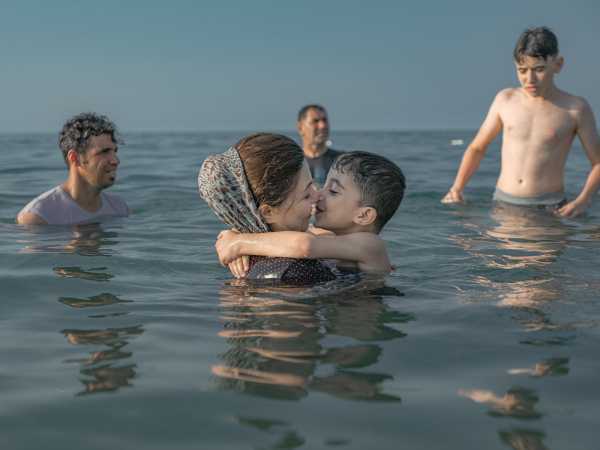
A family on summer vacation at the Caspian Sea. On public beaches, women have to wear a hijab—even in the water.
The protests that erupted on September 16th—led by the girls and young women of Gen Z— were a revolt against the theocracy’s intrusions on their lives, private and political. The Zoomers are braver, more ambitious, and more pragmatic than the previous two generations, as Forough Alaei captures in her photographs. The youth of the nineteen-sixties and seventies had ideological aspirations—either Islamic or socialist—of creating an oil-rich utopia, she told me. They mobilized behind the Revolution, which ended more than two thousand years of dynastic rule, in 1979. Those who grew up in the eighties and nineties were shaped by the traumas of post-revolutionary upheaval, international isolation, food rationing, economic hardships, and an eight-year war with Iraq. They were consumed with restoring material comfort and peace. Many women were willing to accept traditional values as part of the social contract.
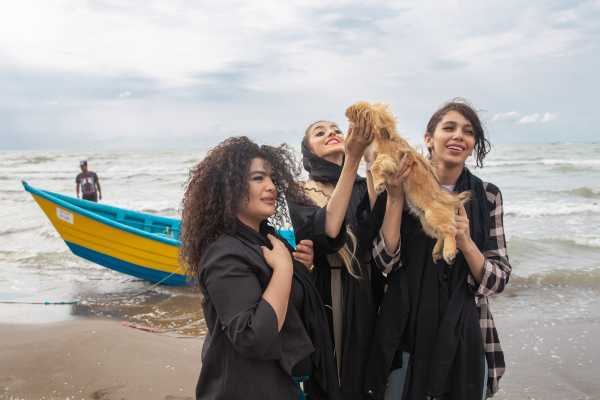
A group of friends play with a dog. There is a debate about whether dogs—long considered unclean and inappropriate to keep as pets—should be allowed in public places.
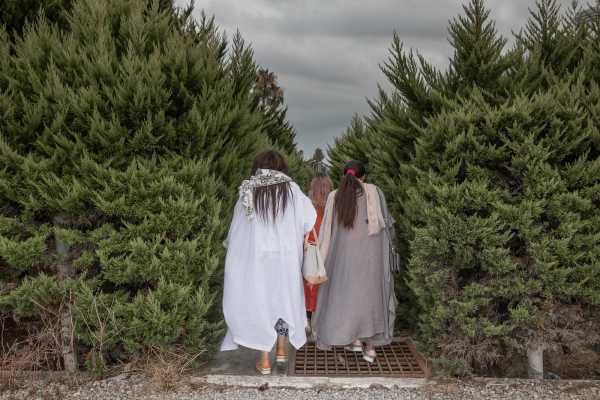
Girls leaving the beach.
The young women of Gen Z, born between 1997 and 2012, have not experienced such hardship. They are well educated—more than sixty per cent of the university population is female—but grossly underemployed. They are technologically savvy and socially active, but their personal freedoms are repressed. Like Zoomers elsewhere in the world, they are diverse in their beliefs and life styles, Alaei said. They get and give tattoos, even if it jeopardizes a license to drive or a government job. They race motorbikes and take jobs as car mechanics, professions considered improper for women in the Islamic Republic. They practice parkour, poi dancing, and flow art in public. They sneak in to watch soccer games by disguising themselves as men, smushing their breasts under bandages and applying fake facial hair.
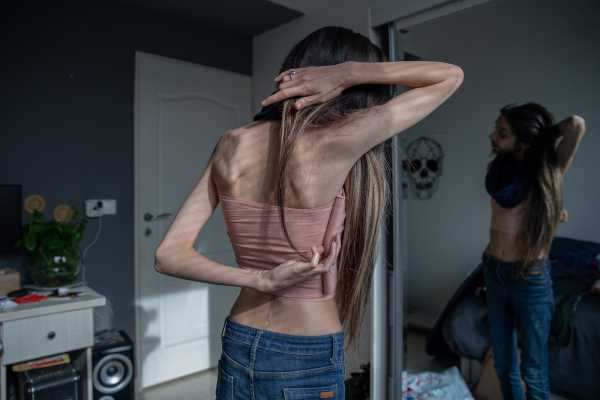
To watch her football club, Perspolis, play a match, Zeinab has to bandage her breasts to disguise herself as a man. Women have been banned from attending live football matches since the Revolution, in 1979.
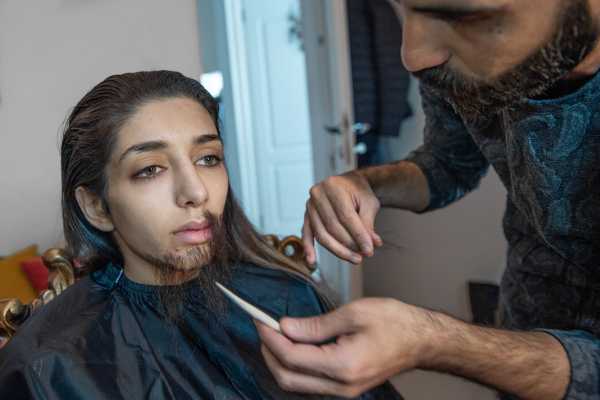
A makeup artist applies a false beard to Zeinab’s face so that she can attend a national match at Tehran’s Azadi Stadium. Zeinab left Iran in 2019.
Born in 1989, Alaei trained as a lawyer but picked up a camera, in 2015, for Donya-e-Eghtesad, a daily newspaper focussed on economics. She taught herself how to use it. In 2018, she documented the soccer-game disguises, and donned one herself, for a series entitled “Crying for Freedom.” In 2019, she was arrested and held at the notorious Qarchak Prison for Women. (She was eventually released and acquitted.)
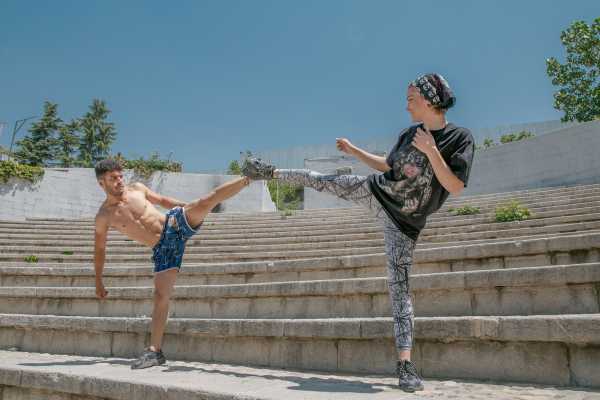
Two friends and traceurs, or practitioners of parkour, exercise in a park in Tehran.
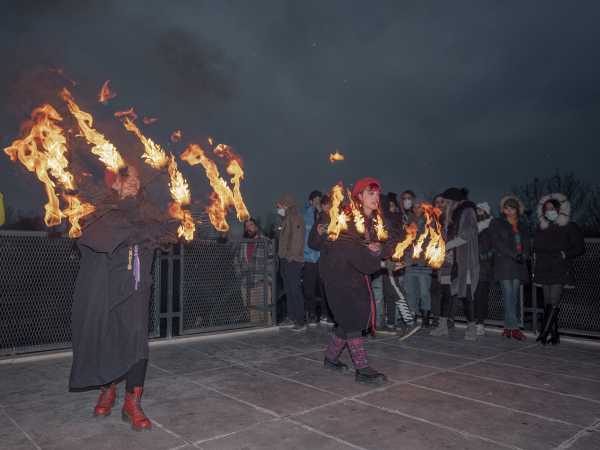
Saina and a friend perform at the first flow-art competition in Iran, at a park in north Tehran.Forough Alaei
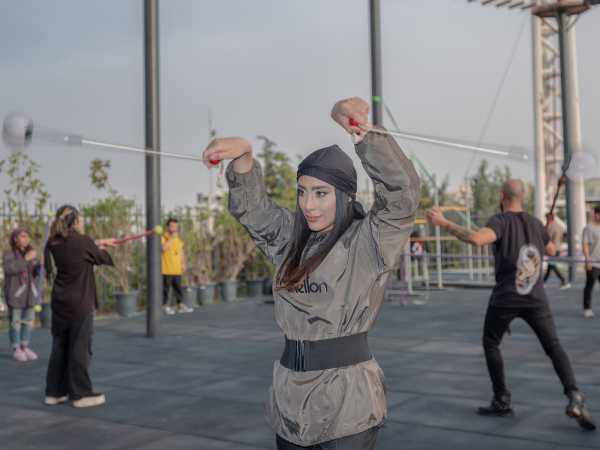
A flow-art practice session in Tehran.
Last month, Iran’s Gen Z was ignited when twenty-two-year-old Mahsa Amini died after being picked up by the morality police for “inappropriate dress.” (She had exposed too much of her hair in public.) The first five weeks of protests have differed from other bursts of unrest. In 2009, millions of adults took to the street over alleged fraud in the Presidential election. Called the Green Movement, they rallied around two losing candidates, waved massive banners demanding democracy, and wore headscarves, sashes, and paint in a vivid shade of green. Protests erupted again over the price of eggs and poultry, in 2017, and over price hikes for gas, in 2018. The demonstrations in 2022 are rawer, centered largely on school and university campuses or at impromptu street bonfires where girls and women take off and burn their hijabs. The movement is, so far, largely leaderless. Protesters know only what they are against. “Death to the dictator” and “Mullahs get lost” have been popular refrains targeting the Supreme Leader, Ayatollah Ali Khamenei.
But the protesters—boys and men have joined, too—have no platform or proposed political alternative. “They are looking for prosperity and freedom of choice,” Alaei told me. “They are not ideological people who want to follow a leader or a way of thinking.” Their role models vary from athletes and musicians to politicians.
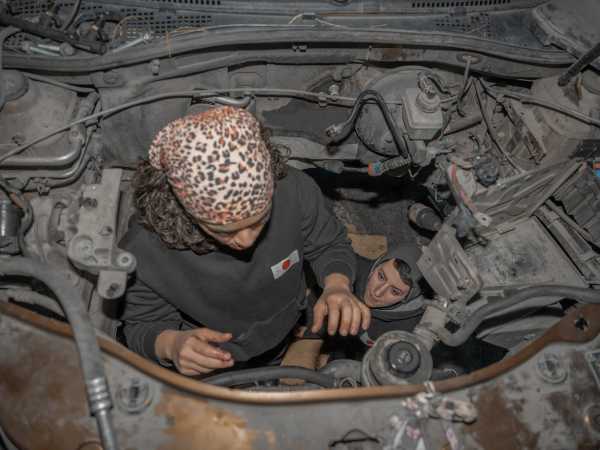
Niloofar and Kiana, who are among the first professional female car mechanics in Iran, fix a car’s radiator. For three years, they worked together, but now Niloofar works primarily on German cars and Kiana handles Japanese models.

Maryam, a motorcycle-racing champion, prepares to ride.
Alaei’s mission to photograph Iran’s Zoomers has been complicated by the growing public fear of cameras. Iran’s security forces use technology—including drones and CCTV—to identity protesters. They track social media, which is why many videos of the protests are deliberately blurred. Convincing people to let Alaei into their lives has been difficult, she told me. But like the women who duck illegally into soccer matches, many have accepted the risks. As a result, she said, “it is not easy to oppress them without any costs to society.”
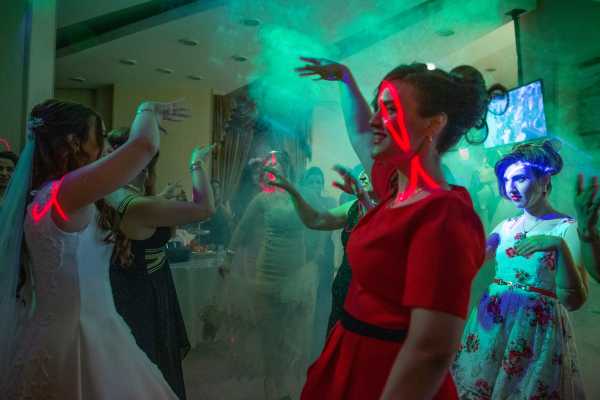
Girls dance in the women-only section of a wedding reception. The government forbids men and women from partying together.
Sourse: newyorker.com






